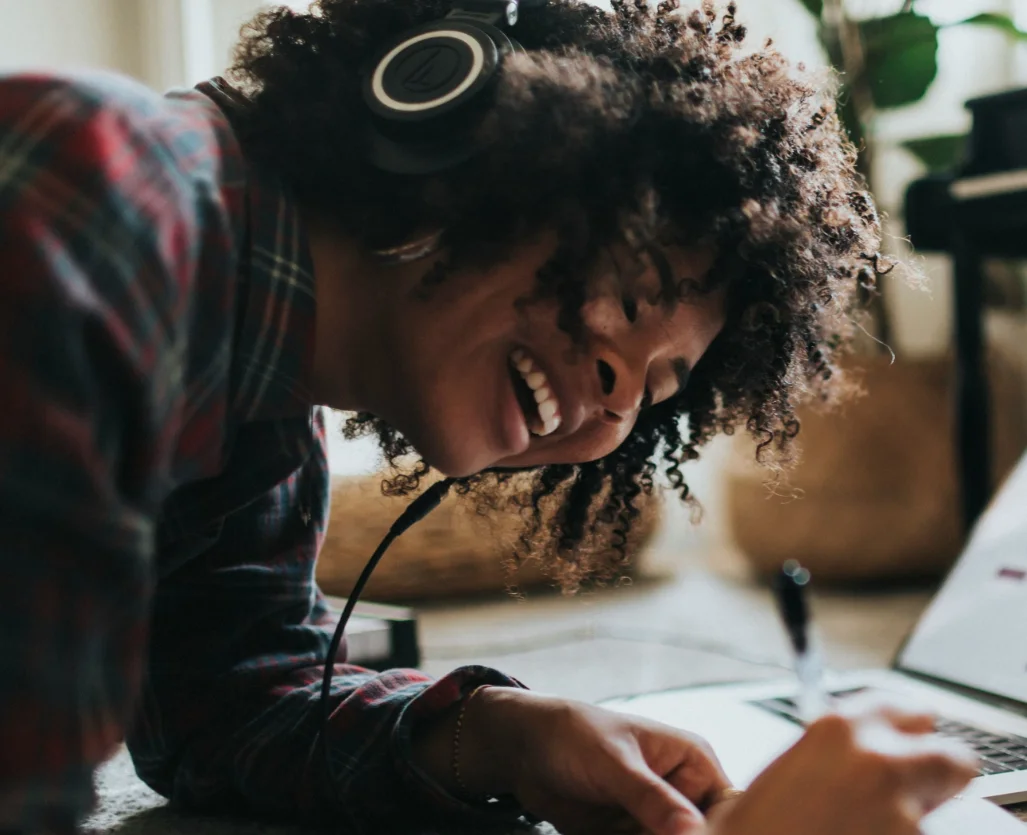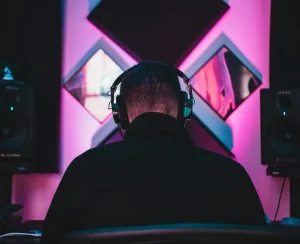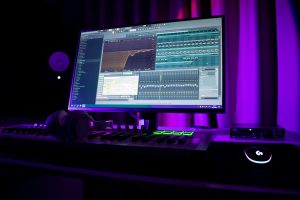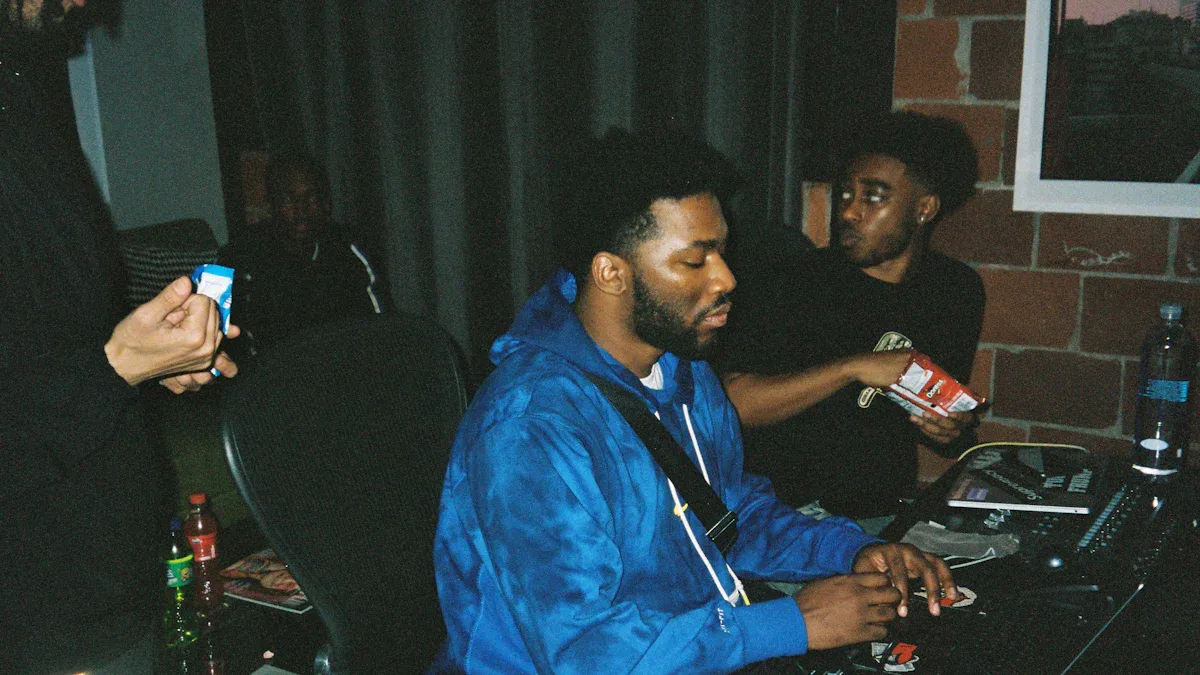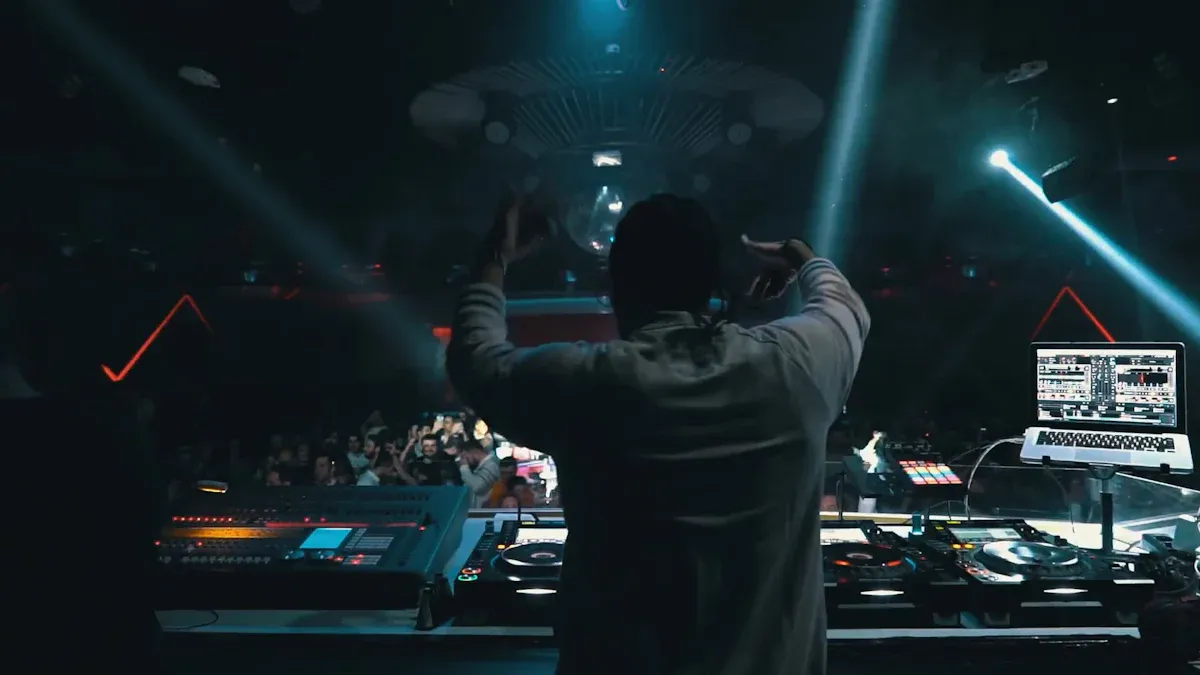As a YouTube creator, selecting the right background music is essential to avoid copyright claims. Previously, YouTube offered a tool to check whether a song could be used without triggering copyright issues or ads. Unfortunately, this tool is no longer available.
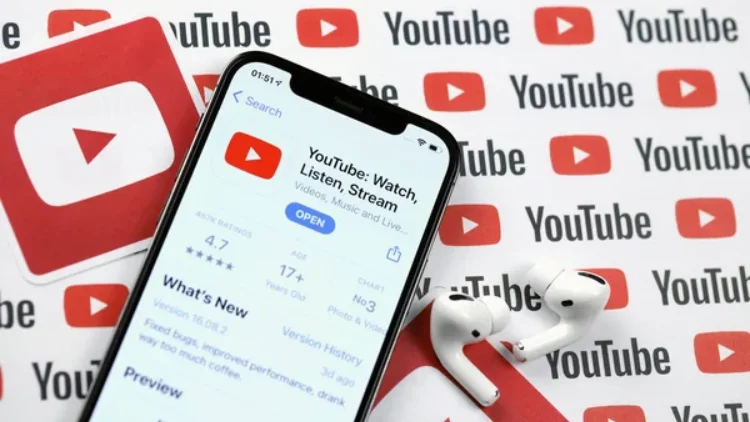
Why Did YouTube Remove the Tool?
YouTube cited low usage as the reason for discontinuing the tool. However, the tool had limitations—it only flagged songs registered in the Content ID database. Even if a track seemed clear initially, copyright claims could still arise later, as Content ID does not cover all copyrighted works.
How to Check If a Song is Copyrighted?
Since YouTube no longer provides a direct way to verify copyright status, creators often resort to alternative methods, such as:
1. Create a “Test” Channel
Uploading your video with the selected music to a secondary channel can help identify potential copyright claims. If the video remains unflagged for 24–48 hours, it might be safe to use the song. However, this is not foolproof, as copyright holders can issue claims even months later.
2. Use Royalty-Free or Creative Commons Music
Opt for tracks under royalty-free or Creative Commons licenses. Creative Commons music may require crediting the artist, depending on the license type.
For a more reliable solution, royalty-free music platforms like Tempolor provide licensed tracks that can be used confidently across YouTube, podcasts, and social media. Tempolor combines an extensive music library with advanced AI music generation, offering tracks in diverse styles to suit any project. Subscriptions include lifetime copyright protection, ensuring creators can focus on their content without legal concerns.
3. Reach Out to Artists or Copyright Holders
If you want to use a copyrighted track, contacting the artist or copyright holder is an option. While permission is not guaranteed and licensing fees may be high, this approach ensures compliance. Licensing agreements often outline usage terms, duration, and fees.
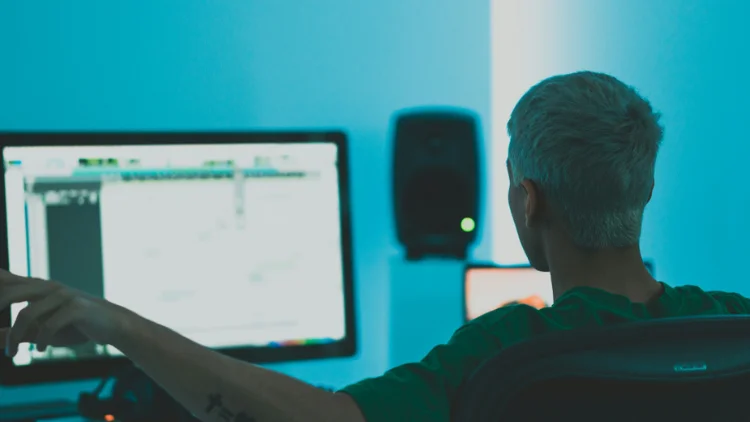
What Happens When a Song is Copyrighted?
A copyrighted song grants the creator or rights holder exclusive control over:
- Reproduction: Making copies of the song.
- Distribution: Selling or licensing the song.
- Public Performance: Playing the song in public or online.
- Adaptation: Creating derivatives like remixes or covers.
Using copyrighted music without permission can lead to legal actions, demonetized videos, or channel strikes. This is why many creators prefer royalty-free music for YouTube to ensure their content remains protected.
In addition to paying attention to the issue of free music copyright, you may also pay attention to AB testing during the gameplay, please click: how to ues A B thumbnail Youtube?
The Role of Public Domain Music
Once a song’s copyright expires, it enters the public domain, making it free for use. In the United States, copyright typically lasts for the creator’s lifetime plus 70 years. However, it’s crucial to verify the status of older works, as extensions may apply.
Future Prospects for YouTube Creators
Platforms like TikTok have licensing agreements with major labels, allowing creators to use popular tracks without copyright concerns. If YouTube follows suit, it could revolutionize music usage for creators.
Until then, platforms like Tempolor offer an ideal solution. As a leader in royalty-free music and AI music, Tempolor provides YouTube creators with accessible, versatile options for enhancing their videos and building audiences confidently.
Can I Use Part of a Song?
Even using just a short clip or a few seconds of a song still counts as copyright infringement if you don’t have permission from the copyright holder or a proper license. This applies to all types of media, including YouTube videos, even if the song is used as background music or for a short effect. It’s important to seek permission from the original creator or purchase a license for the song to avoid potential copyright issues. This is why many content creators turn to royalty-free music or platforms that offer music with licenses, like TemPolor, to ensure they are legally covered.
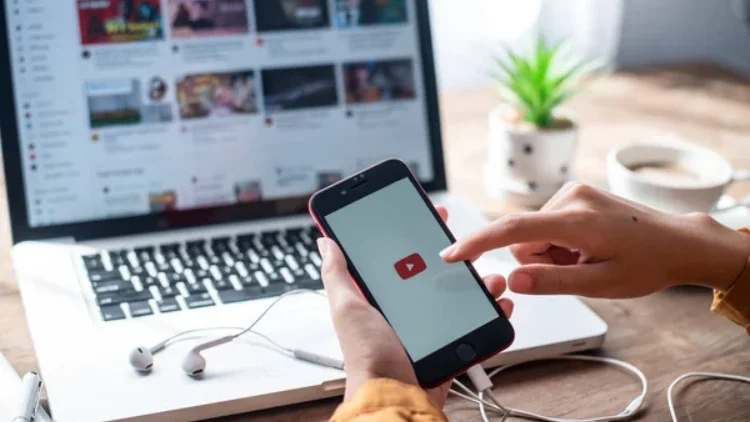
When Does a Song Become Public Domain?
A song enters the public domain when its copyright expires, meaning it is no longer protected by copyright laws and can be used freely by anyone. The length of copyright protection depends on various factors, including when the song was created and the laws in the relevant country.
In the United States, for example, the general rule is that copyright lasts for the lifetime of the creator plus 70 years. After this period, the song falls into the public domain. If the creator is unknown, the copyright lasts 95 years from the date of publication or 120 years from the date of creation, whichever is shorter. Once the song is in the public domain, you can use it without seeking permission or paying royalties.
However, it’s important to note that just because a song is old doesn’t mean it’s automatically in the public domain. You need to confirm the copyright status, especially for songs created before 1978, as there may be extensions or other legal details that could affect whether it’s in the public domain.
What Does It Mean When a Song is Copyrighted?
When a song is copyrighted, it means that the song’s creator or copyright holder has legal rights over the music and lyrics. These rights typically include:
- Exclusive Right to Reproduce: The creator or rights holder has the sole authority to make copies of the song.
- Exclusive Right to Distribute: The copyright holder can sell, license, or distribute the song.
- Exclusive Right to Perform: The song cannot be performed publicly (in concerts, on TV, or online) without permission from the copyright holder.
- Exclusive Right to Adapt: The copyright holder controls whether others can create derivative works based on the original, such as covers or remixes.
If you use a copyrighted song without permission, you could face legal consequences, including copyright claims, demonetization of your videos, and in some cases, even legal action. This is why it’s crucial to verify whether a song is copyrighted before using it in your content.
What Happens If I Use Copyrighted Music Without Permission?
The key issue with using copyrighted music isn’t necessarily whether the song is copyrighted, but rather understanding the specifics of the copyright itself—meaning how restrictive it is. On YouTube, you can view all the restrictions related to a song, including whether its playback is blocked in certain countries. Copyright owners can also change their policies at any time, removing videos that feature their music.
If you use copyrighted music without a proper license, you could receive a copyright strike. YouTube may block your video, mute the audio, or display a message like, “This video contains an audio track that has not been authorized by all copyright holders. The audio has been disabled.” If you do have permission to use the song and still see this message, you can appeal the claim through your YouTube Dashboard.
Another downside to using copyrighted music is that you cannot monetize the video yourself. The copyright holder may claim the video as “ad-supported music” and monetize it by showing ads. This means you may lose out on ad revenue from your views. That’s why licensing royalty-free music is often the simplest and most hassle-free way to avoid copyright issues.
Pick a Safe Option
Currently, if you want to avoid copyright issues, your best option is to use a royalty-free music platform like Tempolor. We offer royalty-free music for YouTube in various styles, as well as music created by AI. Using the right background music can add charm to your YouTube videos and attract more fans.
Read more:
